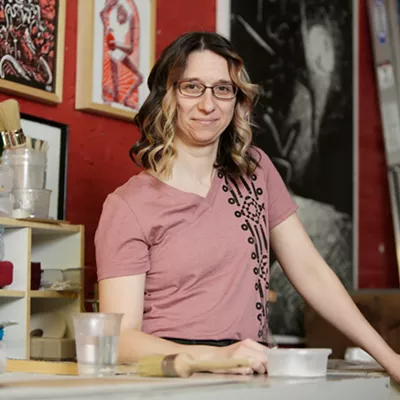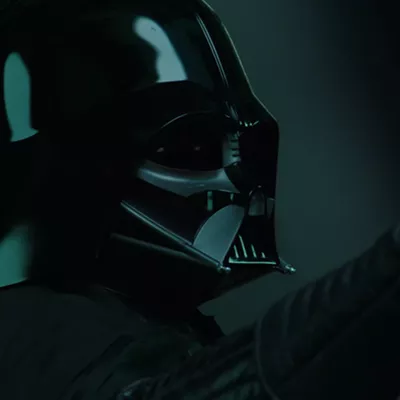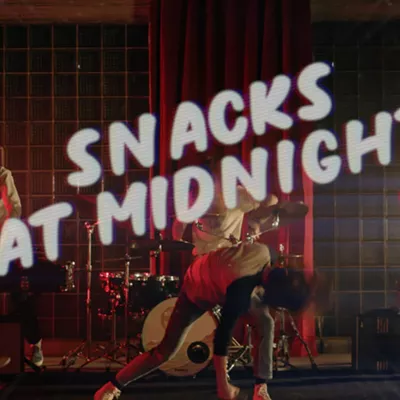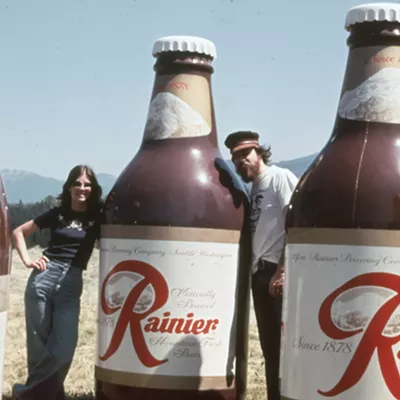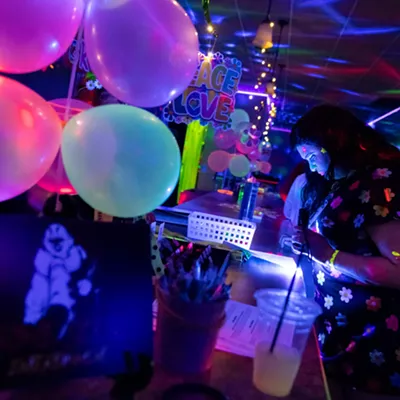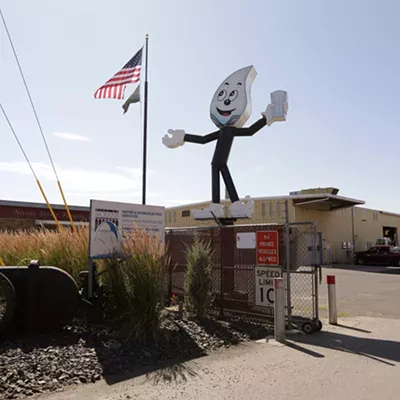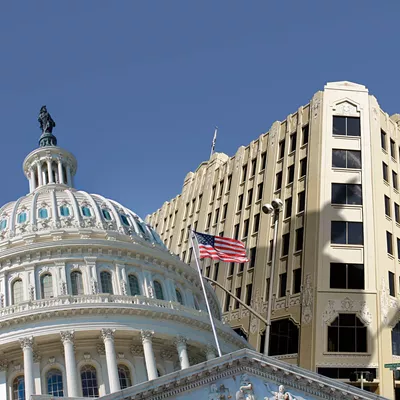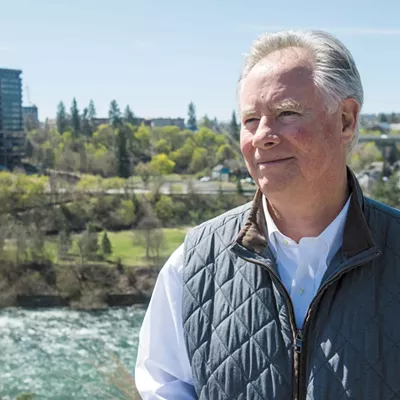The hit Star Wars TV show The Mandalorian isn't a show about great acting (though there are a few moments) or great dialogue (there isn't much dialogue at all). It's not a show about clever plot twists (most of the big surprises aren't).
Instead, it's a show about something much more foundational, more primal, more cinematic: sound effects, music and iconography.
That's what made the original Star Wars movies great: The sound of the Tie Fighters screaming overhead. The iconic image of the skyline of Imperial Walkers tromping toward the base. John Williams' symphony swelling as the rebel fleet made its attack run on a fully armed and operational Death Star.
Let Star Trek have its philosophical quandaries. Star Wars had lightsabers that went bzzzzwwaaaahhh.
It was simple, but that simplicity was what made it so exciting: With each planet and image, there was a hint of this entire galaxy of possibility, a thousand planets filled with a million stories.
Which is why it was so disillusioning that the new Star Wars movies kept telling the same one over and over again.
Tatooine, again. A planet-destroying superweapon, again. Someone's dad was the evil dude the entire time, again.
The new movies felt constrained, burdened by four decades of fan expectations. J.J. Abrams slavishly tried to meet those expectations; Rian Johnson slavishly tried to subvert them. In both cases, the movies felt so crammed as to be hollow.
It didn't have to be this way. I grew up on a diet of Star Wars video games and novels, the sort that spun out entire worlds and backstories from the five-second shot of the hammerhead alien in the Mos Eisley cantina.
Some were dreck, some were almost brilliant. But they all tapped into this exhilarating promise that the Star Wars movies were just jumping off points for something bigger.
Last week, Disney announced an onslaught of new Star Wars TV shows, most of them centered on established characters. Obi-Wan Kenobi! Lando Calrissian! The tentacled Togruta Jedi Ahsoka! Some guy named Cassian Andor from Rogue One!
You could dismiss it as creative stagnation, as a megacorporation squeezing every cent of profit they can out of their intellectual property. But the magic of TV is that it's expansive. Just by handing writers more time to fill, they can take greater risks than a blockbuster franchise, explore more interesting ideas and hyperjump to more new locales. They can recapture the magic of Star Wars, not through imitation, but through exploration.
After all, in the Star Wars cinematic universe, the important part isn't the cinema. It's the universe. ♦
CORRECTION: The original version of this story referred to Jedi Ahsoka Tano as a “Twi’lek.” Though Ahsoka has head tails known as “lekku,” — a key trait shared with the Twi’leks like Bib Fortuna and the dancer Oola — she is, in fact, a Togruta, a race distinguishable by the “montrals,” additional bumped ridges on their heads that allow for extrasensory perception. The Inlander deeply regrets this error.





